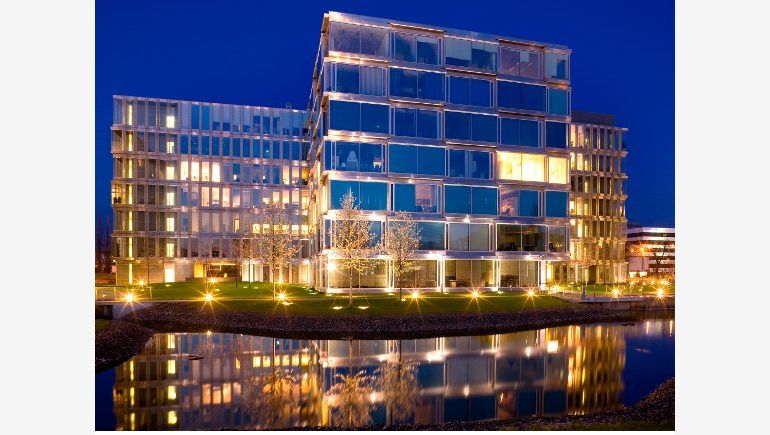When asked Why such division? investors usually answer, that A is a guarantee of highest quality, while B and C classes are granted to structures of a lower standard or located outside of city center. This seemingly simple distinction is nevertheless not very clear and requires some straightening out.
There is no single, universally applicable standard of office building classification. Investors grade their properties on their own. He investment's quality or location is usually considered to be the main determinant of a building's class.
BOMA International, the authority on the topic of building classification thinks, that A class structures are properties which have the most representative look, are well equipped and communicated, adjusted to a select group of leaseholders, have the best location, while their price exceeds market average. Among the factors which appeared in various classification systems one can name after WRCOG providing technical support in the building or access to various services, e.g. laundry.
It seems that Poland is still dominated by an attitude, treating location and infrastructure as the main cryteria for grading. This method was initiated by IREM Polska in 2004, by introducing 11 determinants of a building's class. Apart from that, the organisation has introduced a division for strict city center, outside of center, less than 10 years and over 10 years.
A completely different approach is being presented by CB Richard Ellis, which has published in cooperation with Rolfe Judd directives, regarding classification of office buildings. They have been collected in a brochure titled Modern Office Standards: Polska (MOSP). CBRE places 20 criteria (12 basic and 8 optional) on the first place, while location is distinguished as a separate criterion. This approach is being preferred by a wide group of developers operating on Polish market.
B class buildings usually meet the basic standards. The ones in good locations, in city centers or office districts can compete with A class buildings in regards to location and lease price. A large role in their case is being played by age criterion. A building situated in city center can receive B class for worse standard of finishings or for not conducting repairs. In turn, better equipped B class buildings, situated on the fringes of the city or in less popular districts, are often more attractive in regards to quality or functionality.
C class buildings enjoy interest of companies, which have no need for representative premises or have lower budget for lease of an office. Put simply, they are properties which differ in terms of quality, and often price, from A and B class buildings. They can include obsolete, unrenovated structures in poorer locations, as well as properties adapted for purposes of an office, but which were originally serving a different purpose and are thus limited in architectural regard.
As we can see, classification of office buildings isn't precise. That is why many investors apply additional designations (pluses or minuses), which are meant to distinguish their properties among other investments. And so buildings of B+ class have a higher chance of achieving standard adequate for A class, while A+ class buildings stand out from other structures in A cathegory, e.g. they have additional certificates.
It's worth to ask, what to do to make the building grading scale more effective, and the accepted criteria – more transparent. Classification which prioritizes location, although easier to apply, turns out to be less precise in practice. Despite that many leaseholders are ready to pay higher rate per square meter to have their office in a prestigous, widely recognised district. On the other hand, enterprises from industries like IT place more importance on modern equipment of the building and additional technical support. That is why, when deciding on a classification system, it's worth to account for the needs of future leaseholders or buyers. CBRE's approach deserves attention, as it allows for combining classes. For example, an office building can qualify as the highest A class in terms of quality, but when it comes to location – only to B class.
The lack of one, standarised classification is being exploited by investors, who often overstate a building's class by taking only chosen, favorable for them parameters into account. Leaseholders should take note of that, as the structure's grade can be misleading and doesn't necessarily prove an investment's high standard. On the other hand, enforcing strict, international standards could make execution of some projects significantly more difficult. What's more, building classification should always take place while accounting for local property market, and office buildings need to be considered in relation to other structures in a given area.
